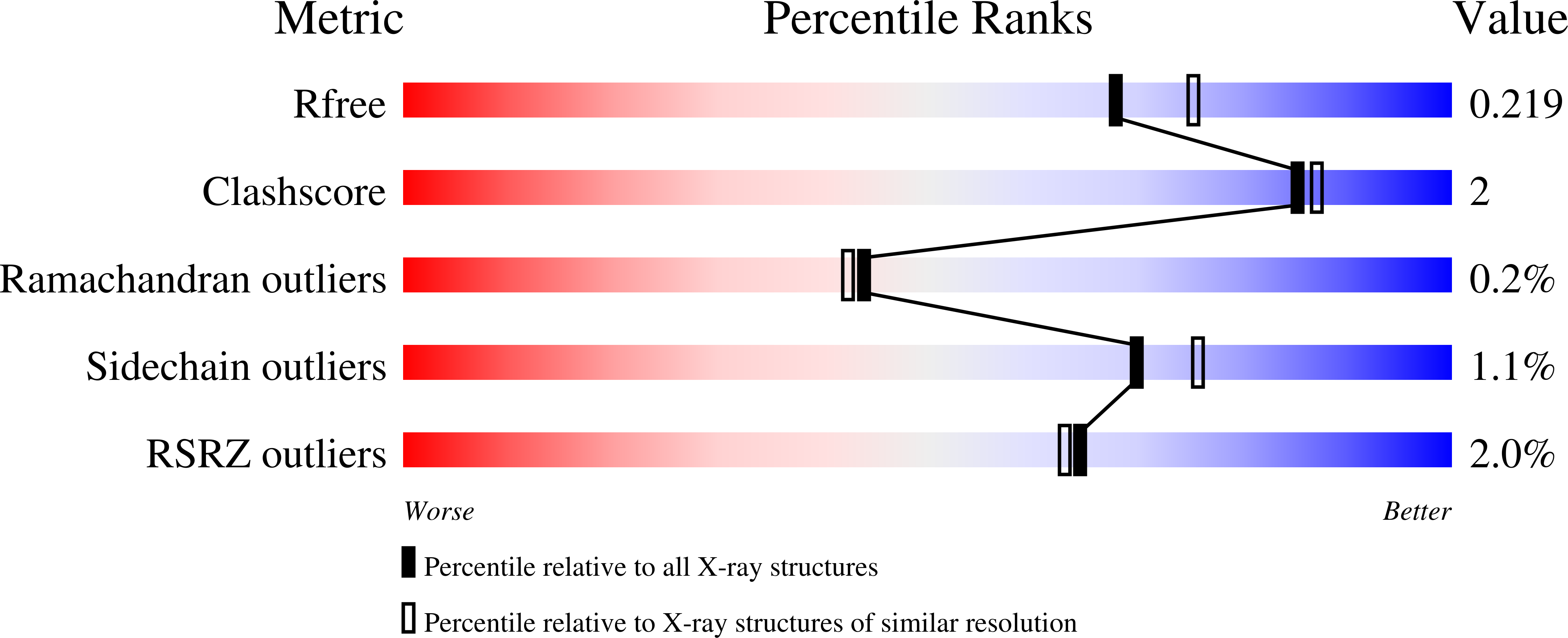
Deposition Date
2023-09-25
Release Date
2024-10-30
Last Version Date
2024-11-13
Entry Detail
PDB ID:
8QMU
Keywords:
Title:
The complex of Glycogen Phosphorylase with (-)-Epigallocatechin-3-gallate (EGCG).
Biological Source:
Source Organism:
Oryctolagus cuniculus (Taxon ID: 9986)
Method Details:
Experimental Method:
Resolution:
2.00 Å
R-Value Free:
0.20
R-Value Work:
0.16
R-Value Observed:
0.16
Space Group:
P 43 21 2


